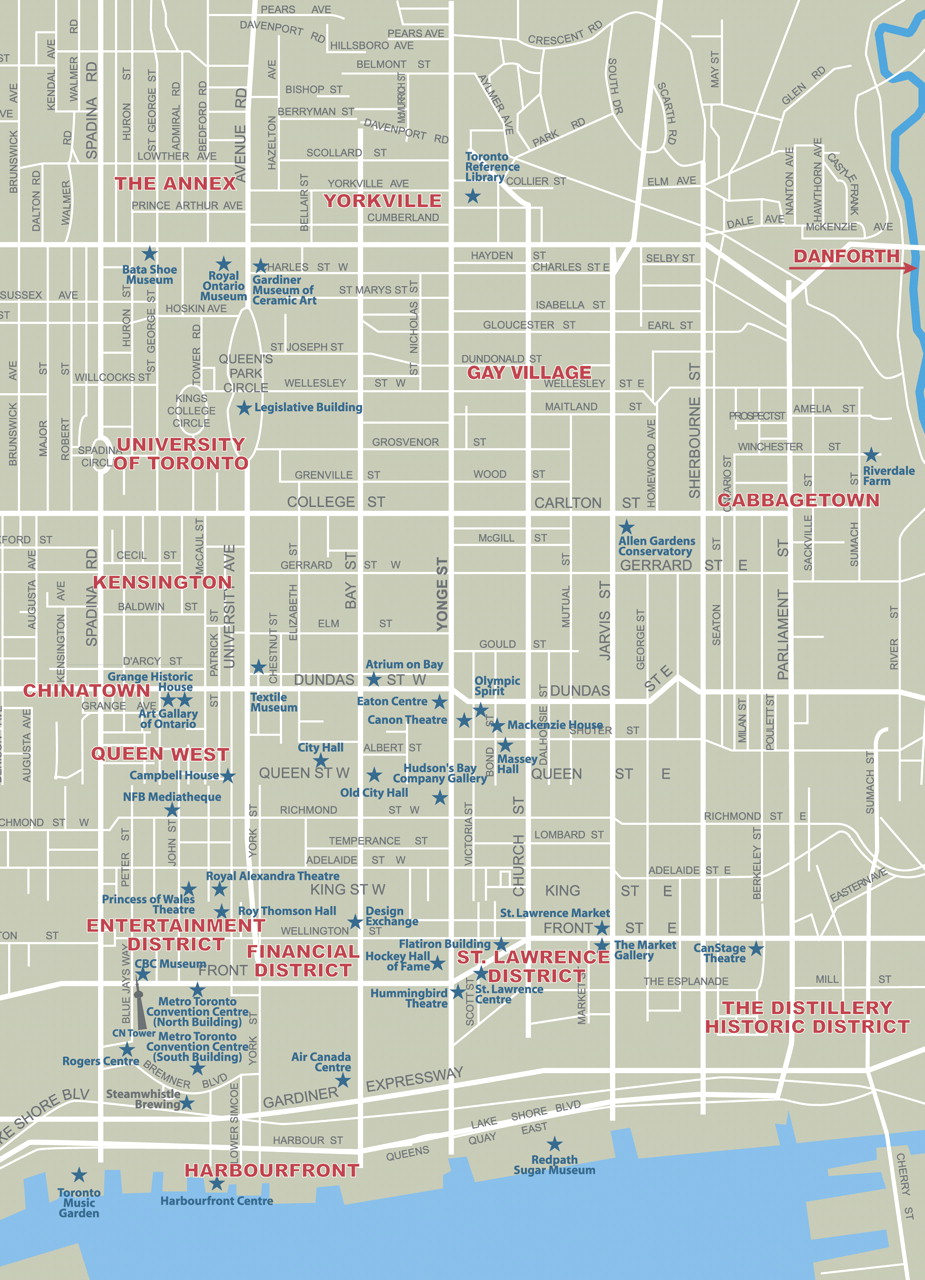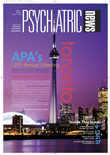The heart and soul of Toronto can be found in its neighborhoods, which are brimming with unique shops, outstanding restaurants, and friendly residents.
Each neighborhood has a distinct character that has been shaped by the families who settled there more than 100 years ago and those who have arrived since.
Entrepreneur Joseph Bloor founded Yorkville in 1830 as a middle-class suburb of Toronto characterized by Victorian houses, tidy gardens, and quiet streets. By the 1880s, it was no longer a suburb but a vital part of an ever-expanding metropolis.
Small specialty shops moved from the bustling downtown area to Yorkville in the 1950s, and in the 1960s the area became a mecca for the counterculture. Canadian musicians such as Joni Mitchell, Neil Young, and Gordon Lightfoot spent the early part of their careers playing in venues around Yorkville.
The area became gentrified in the 1980s and 1990s, and coffee houses and head shops gave way to high-end boutiques, art galleries, and trendy restaurants.
Today Yorkville is bounded by Bloor Street, Yonge Street, Avenue Road, and Davenport Road and is known as an up-scale dining and shopping area. Bloor Street West is dotted with shops such as Tiffany's, Cartier, Holt Renfrew, and Hermès.
Other popular Yorkville stores include Birks, which is known for its jewelry, and William Ashley's, which sells fine china.
The neighborhood retains much of its old-world charm from the 1850s; cobble-stone lanes extend from busy streets lined with antique shops, cafés, art galleries, and wrought-iron benches. Specialty gifts and fashions can be found in Hazleton Lanes, a striking shopping center built around a series of courtyards.
September in Yorkville is prime time for celebrity spotting—each year the Toronto International Film Festival draws celebrities to Yorkville and its theaters.
Yorkville is accessible by subway via the Bay or Yonge/Bloor stops.
Though it is just a mile or two south of Yorkville, Toronto's Chinatown is worlds away, populated by about 400,000 Chinese-Canadian residents. It is centered at the intersection of Dundas Street West and Spadina Road.
Chinatown formed around the turn of the century as immigrants began arriving from China, and by 1935 there were 300 Chinese laundries within a four-block radius. The population of Chinese immigrants grew rapidly between the mid-1940s and 1960 and included students, laborers, and business leaders from Hong Kong and Chinese communities in other countries. In the past 15 to 20 years, new throngs of Chinese immigrants have fanned out to form five additional Chinatowns, most of which are located in the city's suburbs.
Streets signs in the main area of China-town, centered at the intersection of Dundas Street West and Spadina Avenue, appear in Chinese and English. The open-air food stalls, souvenir stores, and restaurants entice visitors to tarry a while.
At Dragon City, a shopping mall at the corner of Spadina and Dundas, visitors can buy Chinese herbs and preserves, as well as Asian books, music, and clothes.
Some of the city's best Asian food can be found in Chinatown. At the Bright Pearl Seafood Restaurant on Spadina Road, carts of dim sum tantalize diners throughout the day.
Just as lively is Toronto's Greektown, or The Danforth, because it runs along Danforth Street on the east side of the city. Many of the street signs are in Greek and English, and Greek restaurants, pastry shops, and produce stands abound.
Around the turn of the century, the area around Danforth was primarily Anglo-Saxon, and later Italian. It was not until the 1950s that Greek immigrants who arrived in Ontario to work on the railroads and mines began to flock to the Danforth area.
Today, Toronto's Greek population is the second largest outside of Greece, making it the perfect location for the 2002 movie “My Big Fat Greek Wedding.” The largest Greek population resides in the Queens borough of New York City.
The area along Church and Wellesley streets, known as Gay Village, is located downtown, just a short walk east from the Wellesley Station. It is home to one of the largest gay communities in North America. In addition to its many restaurants and street cafés, Gay Village is packed with trendy nightspots and bars.
Zelda's and Woody's along Church Street are popular local bars, as is El Convento Rico on College Street, a lively club where Latino music provides the beat for the crowd on the dance floor.
The Showtime series “Queer as Folk” is not actually shot in Pittsburgh, where the storyline is set, but in Gay Village.
No visit to Toronto is complete without a stop at St. Lawrence Market, known both as a neighborhood and a market.
The market is located in the oldest part of town. In 1793, when the town of York (now Toronto) was established, the town's center stood at the corner of Front and Jarvis streets. A market stood a block away in a building that also housed the city council chambers.
Though a fire destroyed most of the neighborhood in 1849, St. Lawrence Market was rebuilt around the turn of the 20th century and now comprises two buildings that stand on Front Street.
The north building, open only on Saturdays, offers some of the area's best produce. The south building is home to dozens of permanent stalls where vendors sell meats, cheeses, breads, and crafts and is open each day of the week. ▪

